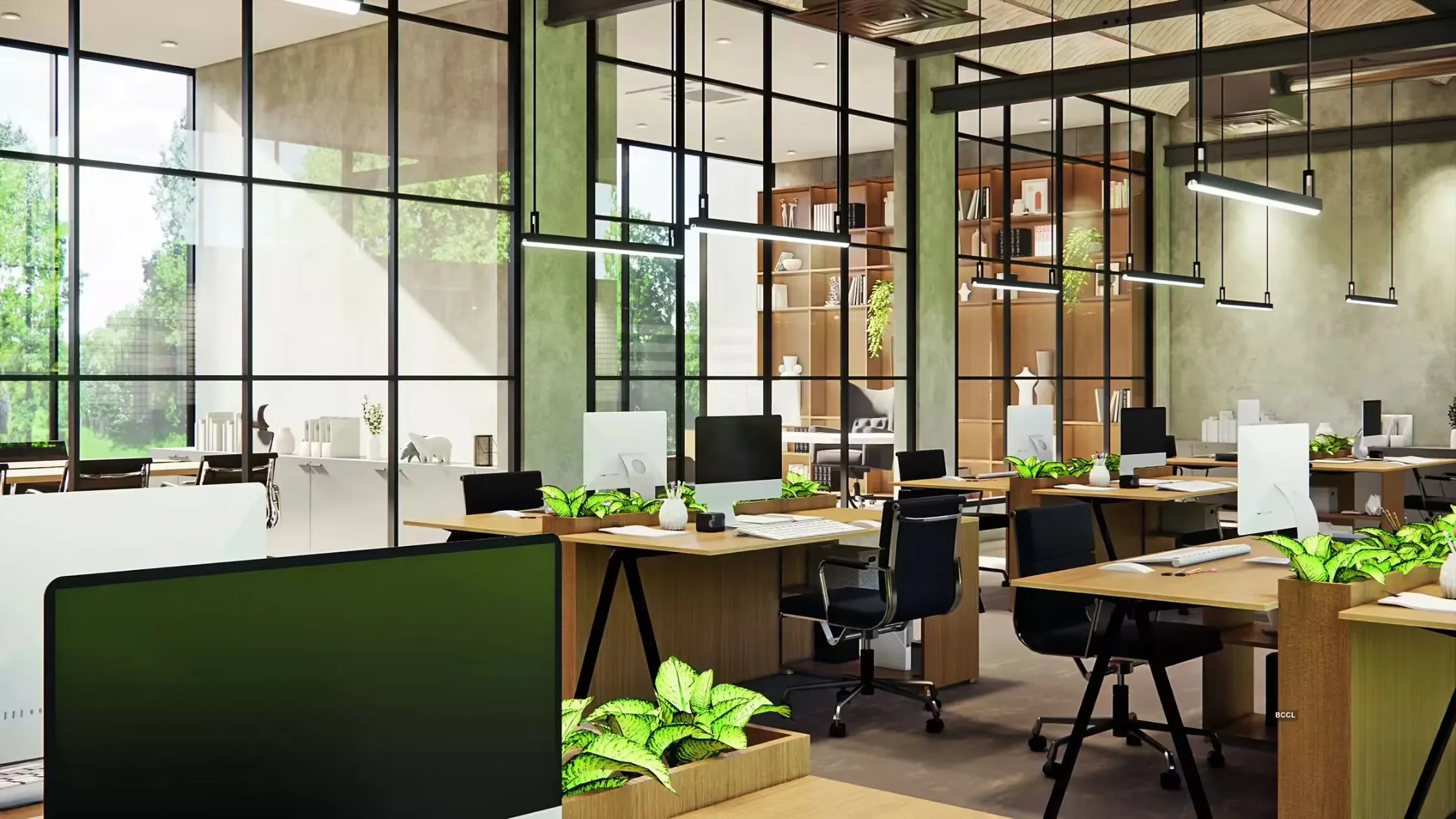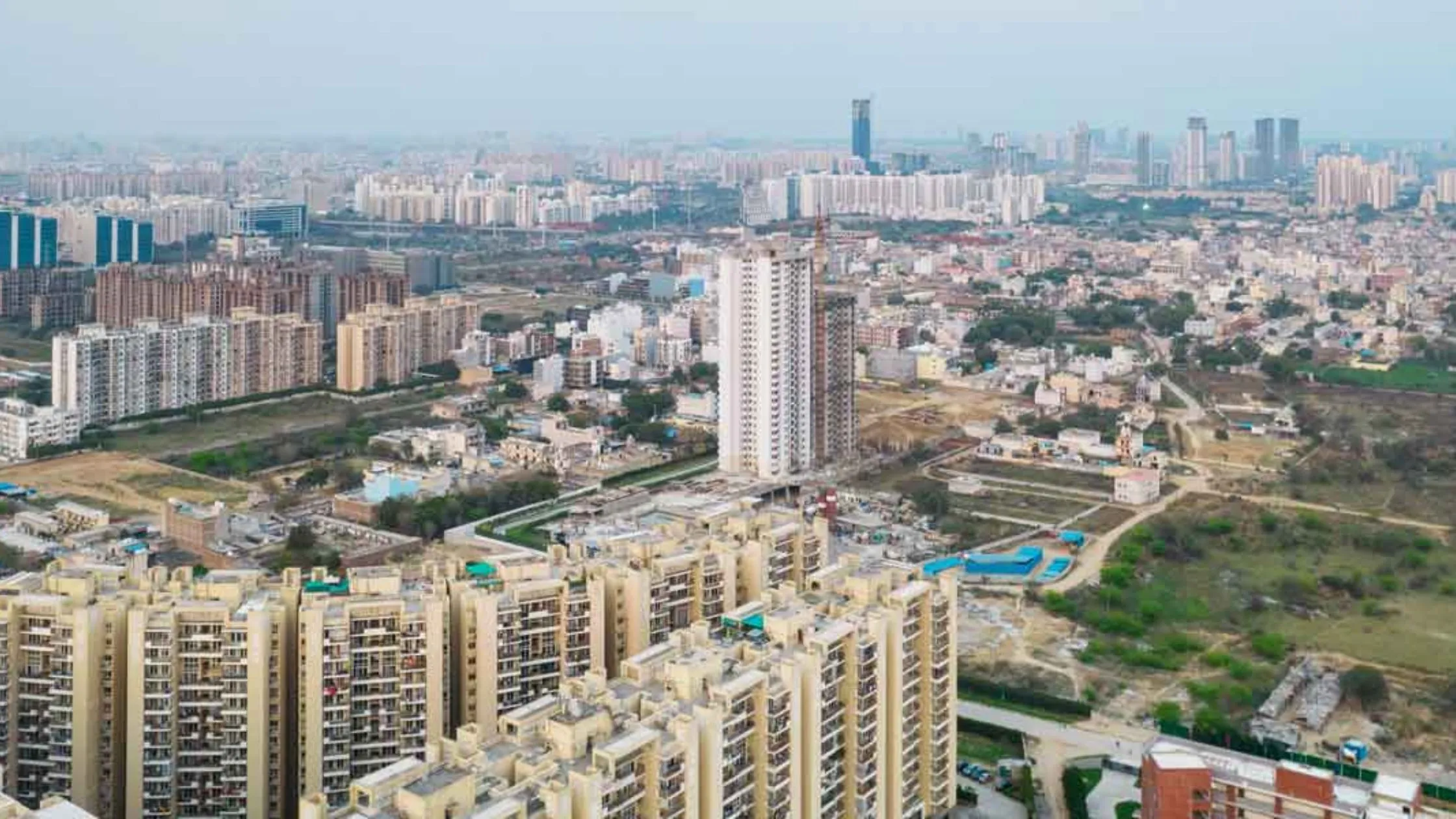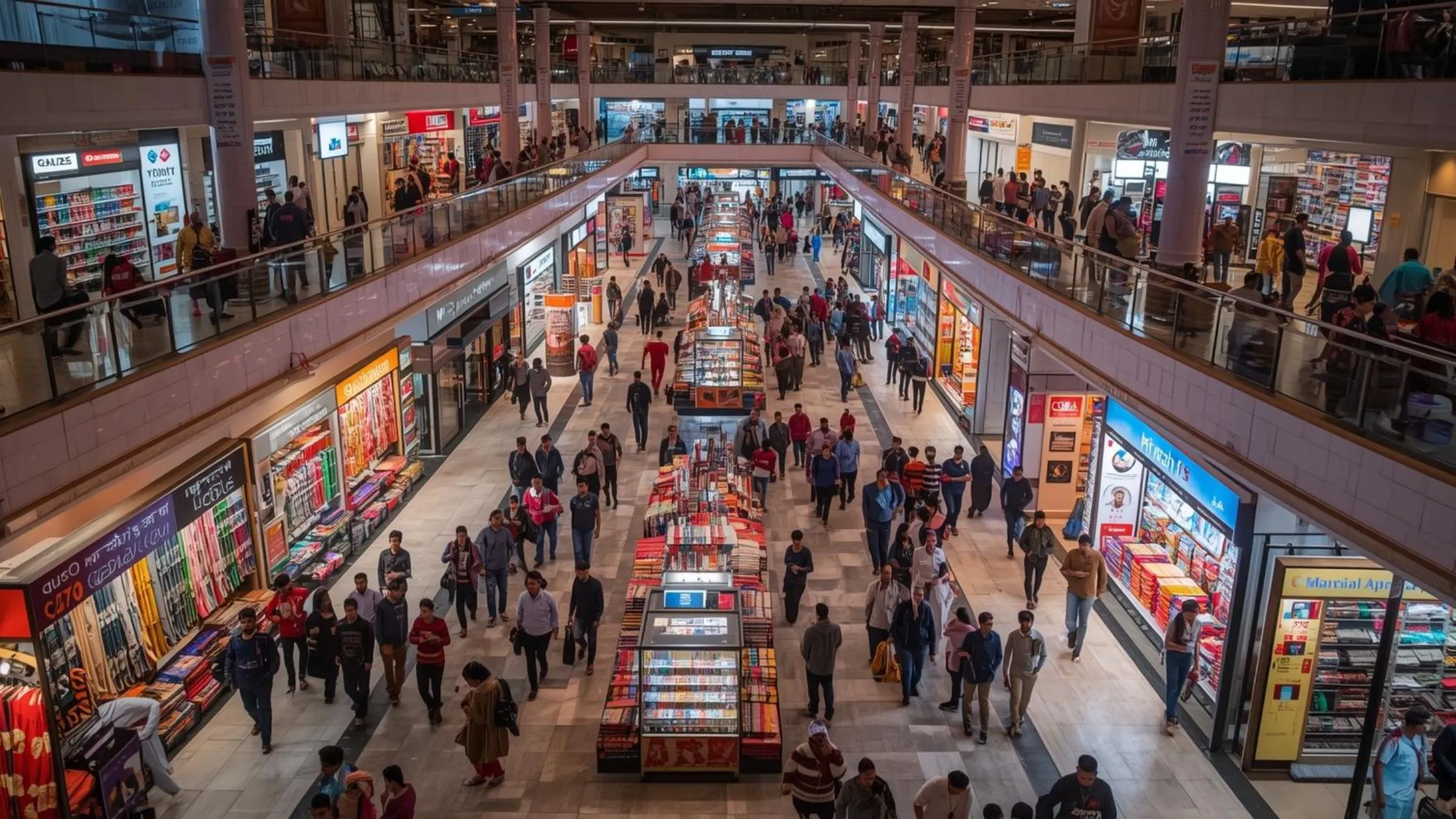Table of Content
The government of Maharashtra has taken a vital step towards urban renewal by announcing a fountain policy for old buildings in and around Mumbai Airport. This policy is part of the Maharashtra redevelopment policy and proposes to ease norms for redevelopment within the funnel zone of the airport. Here is a closer look at the four key aspects of the policy.
1. Reduced Premiums for Redevelopment
One of the key highlights of the Maharashtra redevelopment policy is the reduction in premium charges for old buildings situated in the funnel zone of Mumbai Airport.
- Eligibility: Buildings older than 30 years and under 18 meters in height (approximately five storeys) qualify for this benefit.
- Objective: This measure is designed to lower redevelopment costs, making the process more feasible for developers and society residents.
- Implementation: The revised rules have been incorporated into the Development Control and Promotional Rules 2034, with a dedicated chapter for properties in the funnel zone.
The move directly benefits areas like Santacruz, Vile Parle, Kurla, and Andheri, which fall under the funnel zone of Chhatrapati Shivaji Maharaj International Airport.
Also Read: Q1 2025: Affordable Housing Recovers, Luxury Sees Oversupply
2. Transfer of Development Rights (TDR) Benefits
The Maharashtra government has also provided clarity on the utilization of Transfer of Development Rights (TDR) in the funnel zone.
- FSI Adjustments: The basic Floor Space Index (FSI) for these buildings is set at 1. If height restrictions prevent the full utilization of FSI, developers can generate TDR and sell it to other builders.
- Cost Reduction: For additional FSI, a premium of 60% of the standard cost is levied, further reducing construction expenses.
- Impact: This provision offers flexibility to residents and developers, allowing them to optimize their redevelopment projects despite regulatory limitations.
FSI, a crucial factor in urban planning, determines the permissible height and construction area for redevelopment projects, and these relaxations simplify the process for funnel zone residents.
3. Eligibility for the Relaxation
The Maharashtra redevelopment policy specifically targets existing societies in the funnel zone.
- Who Can Apply: Owners or tenants residing in old societies within this zone can avail of the relaxations.
- Focus: The policy is tailored to assist residential societies, ensuring they can overcome hurdles like high redevelopment costs and stringent aviation regulations.
This step aligns with the government’s goal of improving the living conditions of residents while maintaining aviation safety standards.
4. Case-by-Case Approval Process
While the policy has recognized the relaxations referenced above, it conveys a more tailored approach to the approvals of redevelopment.
- Proposal Submission: As part of the application process, residents or developers must submit a proposal explaining the reasons for the relaxation request and documenting their planning constraints or hardship.
- Evaluation: Each request for relaxation will be assessed on its own merits to ensure compliance with aviation safety regulations and urban planning requirements.
- Document Requirements: The proposals will require documents to support requests and put forward technical justification for maximising the allowable FSI.
This thorough process will contribute to ensuring that any redevelopment approved is consistent with the intentions of the policy while maintaining safety and functionality in the funnel zone.
Significance of the Funnel Policy
The Maharashtra redevelopment policy is a proactive effort to deal with some of the issues facing the inhabitants of old buildings close to Mumbai Airport. Reducing premiums, providing TDR benefits, and offering case-specific relaxations create a balanced approach to facilitating urban renewal/redevelopment.
Furthermore, the government’s emphasis on transparent and fair redevelopment processes demonstrates its concern for residents and urban development.
Also Read: BBMP Plans Parking Tax Cut, Bringing Relief to Bengaluru Homeowners
Conclusion
The funnel policy from Maharashtra government is a key component of its overall redevelopment plan. Given the low acuity in costs, flexible FSIs and dedicated eligibility requirements, the Maharashtra redevelopment policy is able to consume the old infrastructure and replace it with healthier and safer alternatives using a public health paradigm.
For residents in locations like Santacruz, Vile Parle, Kurla and Andheri this is an opportunity to rejuvenate their neighborhoods, and embrace the changing condition of modern urban life. As the funnel policy and its incentives take shape, there will be a transformative impact on the skylines of Mumbai's funnel zone, and ultimately far more livable and just urban environments.
Follow AquireAcers Whatsapp Channel to Stay Updated With The Latest Real Estate News








Ans 1. The funnel policy is a redevelopment initiative targeting old buildings in the funnel zone of Mumbai Airport. It aims to simplify redevelopment by reducing costs, providing Transfer of Development Rights (TDR) benefits, and ensuring aviation safety compliance.
Ans 2. The funnel zone refers to areas under flight paths near Chhatrapati Shivaji Maharaj International Airport, including Santacruz, Vile Parle, Kurla, and Andheri.
Ans 3. Buildings older than 30 years and under 18 meters in height (approximately five storeys) located in the funnel zone are eligible for redevelopment benefits.
Ans 4. Reduced Premiums: Lower charges for redevelopment. TDR Utilization: Option to generate and sell Transfer of Development Rights. Case-Specific Relaxations: Tailored approval process for projects with planning constraints.
Ans 5. By reducing premiums and allowing TDR benefits, the policy lowers the overall cost of redevelopment, making it financially viable for developers and residents.
Ans 6. If height restrictions prevent full Floor Space Index (FSI) utilization, developers can generate TDR and sell it to other builders, offering flexibility and cost savings.
Ans 7. Floor Space Index (FSI) determines the permissible construction area. For eligible buildings, the basic FSI is set at 1, with options to generate TDR or pay a reduced premium for additional FSI.
Ans 8. Owners or tenants of old residential societies in the funnel zone can apply for redevelopment benefits.